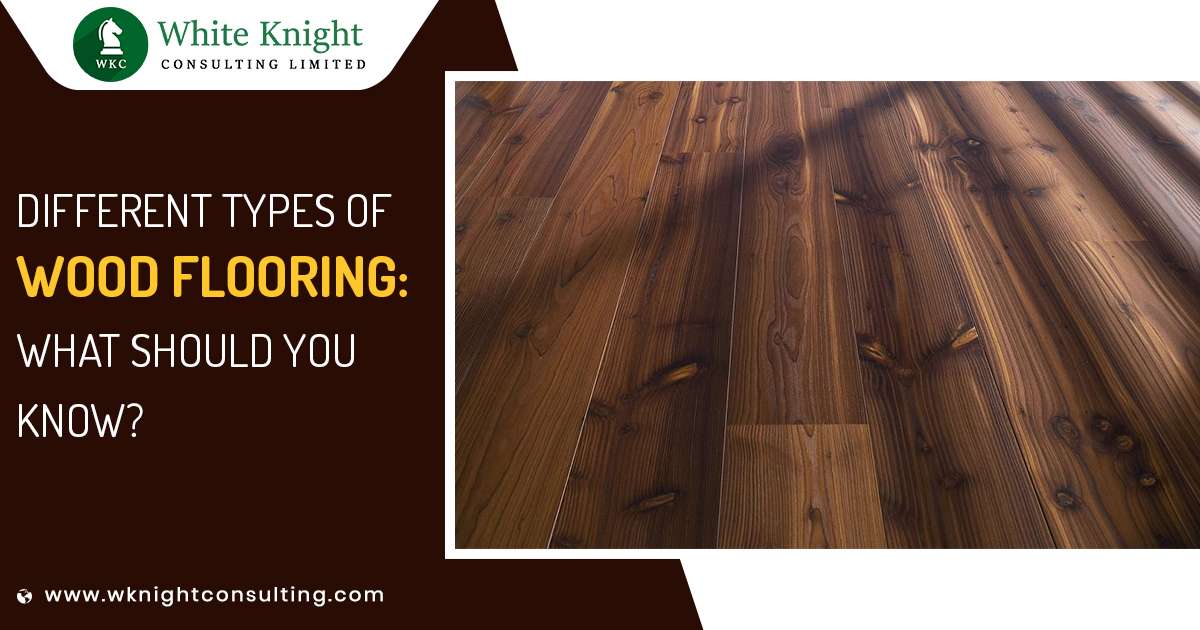If you are looking to buy wood flooring, here’s everything you need to know about different types of wood flooring and how to select the best one for your particular project.
If you think all floorings are the same, think again. They can be broadly classified into two types: natural and engineered (manufactured). The type of wood used in the flooring is a crucial factor to consider when choosing between natural and engineered options.
When looking for material choices for your new flooring, you need to consider all the options available.
Wooden flooring is favoured over alternatives (tiles, marble, vinyl, concrete, etc.) because of its vibrant look and appeal and the warm feeling of wood under your feet that you get when walking on wooden floors. In wooden flooring, there are many options available based on the individual needs and budget of the person. In this article, we will talk about different types of wood flooring, along with their respective pros and cons and which areas they are the best suited to.
8 Different Types of Wood Flooring
1. Solid Flooring
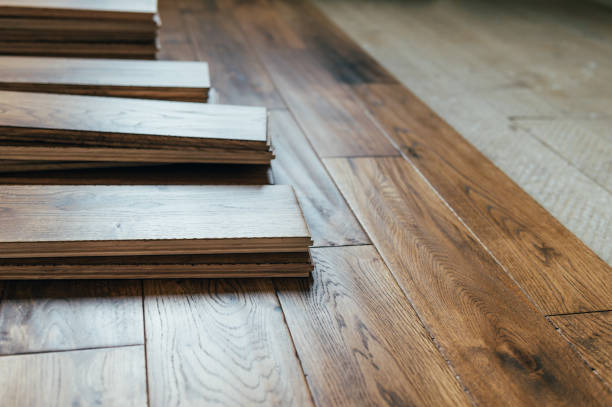
solid hardwood flooring is, of course, the most perfect choice for flooring. It’s the most natural material for flooring. Solid wood looks nice and can have outstanding strength and durability, depending on the species.
Hardwoods are a particularly good material for flooring, as many of them are naturally resistant to moisture and weather conditions. They are also strong and dense, with a high level of hardness, and can take heavy loads and are suitable for use in high-traffic areas.
Each plank in hardwood flooring is made from solid wood. Real flooring is heavy and is generally installed in a tongue-and-groove system. Solid wood flooring is easy to maintain. You can polish the wood to preserve its natural appearance and sand it occasionally to restore the finish.
One thing you should know when using solid wood flooring is that the colour and hue of the planks might vary a little, i.e. not all planks will look exactly the same. This is because two pieces of wood are never exactly the same. Even the lumber sourced from a single tree may not have a uniform look throughout its body. So, if you are looking for a totally uniform appearance for your wooden flooring, you better go with the engineered version.
Pros: The best benefit of solid flooring is the natural, classic look it gives to your place. It also feels amazing to walk on. Solid wood will also add to the value of your property and you might get a higher price if looking to sell it. Additionally, solid wood flooring is known for its durability and resistance to knots, making it a great choice for high-traffic areas.
Cons: Solid flooring is the toughest to install due to its weight. Natural wood will shrink and swell depending on the weather conditions, which might ruin the look. It is also the costliest option among all types of wooden flooring. Additionally, it is prone to dents, which can be a concern for some homeowners.
Cost: It will cost nearly the same or a tad higher than engineered flooring. The price for the cheapest option starts from around £15 per square metre, while the best quality solid flooring can cost as much as £100 per square metre or more.
Where to use it? – It can be used anywhere in the house or office, especially in places where you get to show off your decor visitors.
2. Engineered Flooring
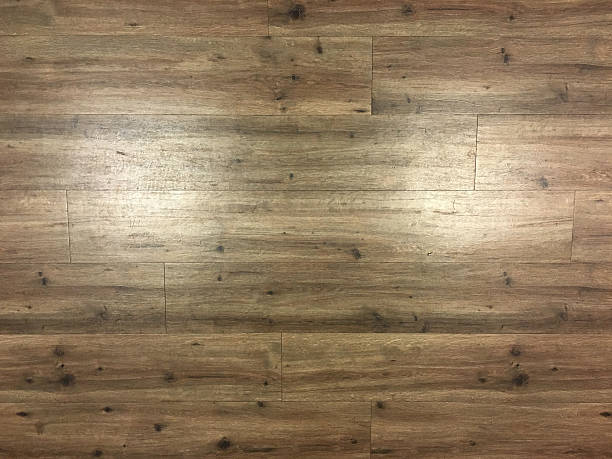
Engineered wood is a type of manufactured wood that is made from a range of materials including veneers, fibres, paper, glue & more. Engineered wood floorboards are generally constructed by glueing fine layers of veneers (wood) together to form a type of plank. The veneer and other materials used in engineering wood planks may be sourced either from real wood or other sources. Many engineered floorings, for instance, contain a solid wood veneer at the top to give overall flooring the feel of real wood and make it more resistant to cleaning, washing, and damage.
Pros: Engineered woods can be more stable and even stronger than solid woods and are, therefore, less likely to be affected by moisture and weather conditions. They are also much cheaper compared to solid wood.
Cons: It’s not real wood. It’s generally more costly than laminate flooring.
Cost: The price for engineered wood flooring in the UK starts from around £18-£20 per square foot. for normal quality products and can go up to £150 or more for high-quality variants.
Where to use Engineered wood flooring? – Manufactured flooring can be used all around the property, including bedrooms, living rooms, kitchens, halls, meeting rooms & more. This type of wood flooring is only moderately durable and not particularly suitable for use in bathrooms and other humid places.
3. Laminate Flooring
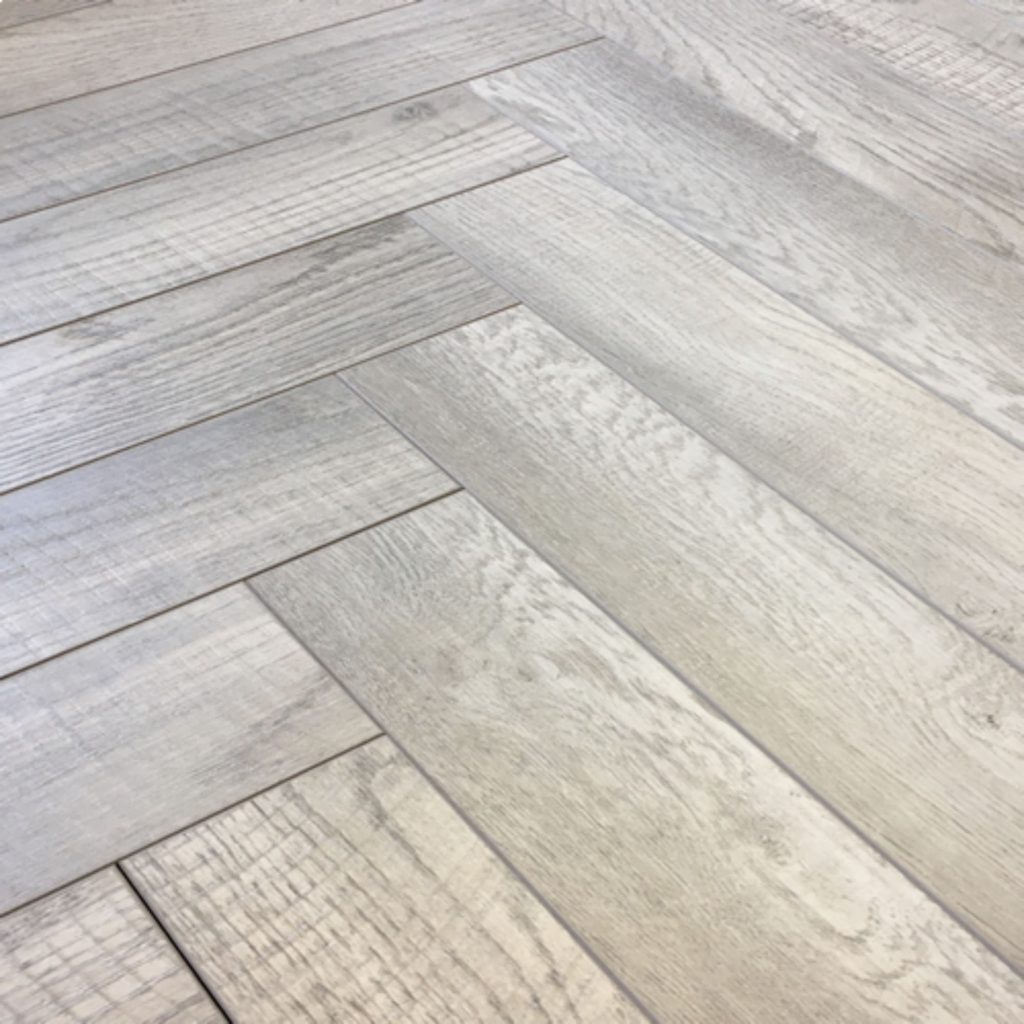
Laminate is neither real wood nor made from wood. It is an artificial material made by using flat paper and resin. The paper sheets and resins are pressed together under specific conditions to form a composite material that is strong and stable.
Laminates are made to look like real wood flooring. There are many varieties of laminates available based on the material used and quality, so one needs to be very careful to choose only the best quality product.
Laminate flooring made out of fibreboards is also quite common and preferred over other types due to resistance to moisture.
Pros: Laminate floors are strong, hard, durable, and need low maintenance. They are also cheaper than the alternatives. Moreover, it is generally easier to install.
Cons: Laminate is not wood, so the flooring will not give you the feel of real, solid wood, even if it looks like wood. Also, the joins may start deteriorating over time.
Laminate flooring cost: As we mentioned, there are many types of laminate flooring available, and the cost will depend on the quality and base material. The cheapest type of laminate might cost around £2-£3 per square metre. The variants having a more natural look and texture will cost in the high range of £30-£49 per sq m.
Laminate floors are suitable for areas with high average foot traffic, such as halls, offices, and living rooms. They need limited maintenance and can be cleaned easily and quickly. Some laminate types are water-resistant and can be used in kitchens and bathrooms.
4. Parquet Flooring
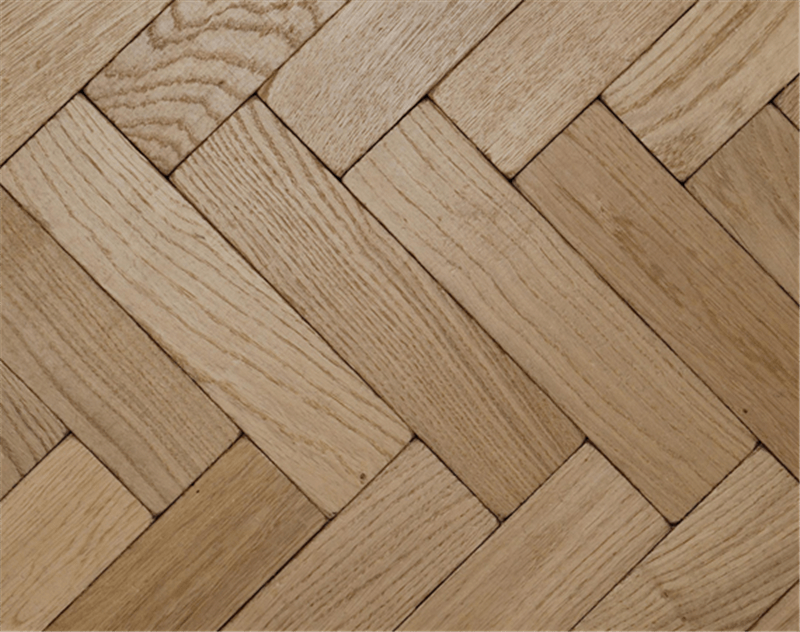
At this time, parquet wood flooring is incredibly popular and can be found in modern kitchens and living rooms all over the world. Parquet flooring is made up of small blocks of solid wood that are arranged in a specific pattern, usually herringbone. Any flooring design or pattern that involves the use of small blocks is considered parquet.
Installing it can be tricky, similar to solid hardwood boards, and may not be the best option if you’re looking to do it yourself. It can also be an expensive option. So, if you’re on a tight budget, you can achieve a similar look with vinyl tiles.
Pros: It is a durable flooring type that allows you to create various patterns and can withstand a lot of foot traffic.
Cons: It can be expensive, difficult to DIY, and may need high maintenance, as it can fade or get damaged by sunlight and moisture.
The cost of parquet flooring varies depending on the quality and source. It may start from £25 per square metre to go up to $100 or more.
Uses: It can be used in all areas of the house, but it’s not recommended for use in places with high humidity, such as bathrooms.
5. Vinyl (Wood Effect) Flooring
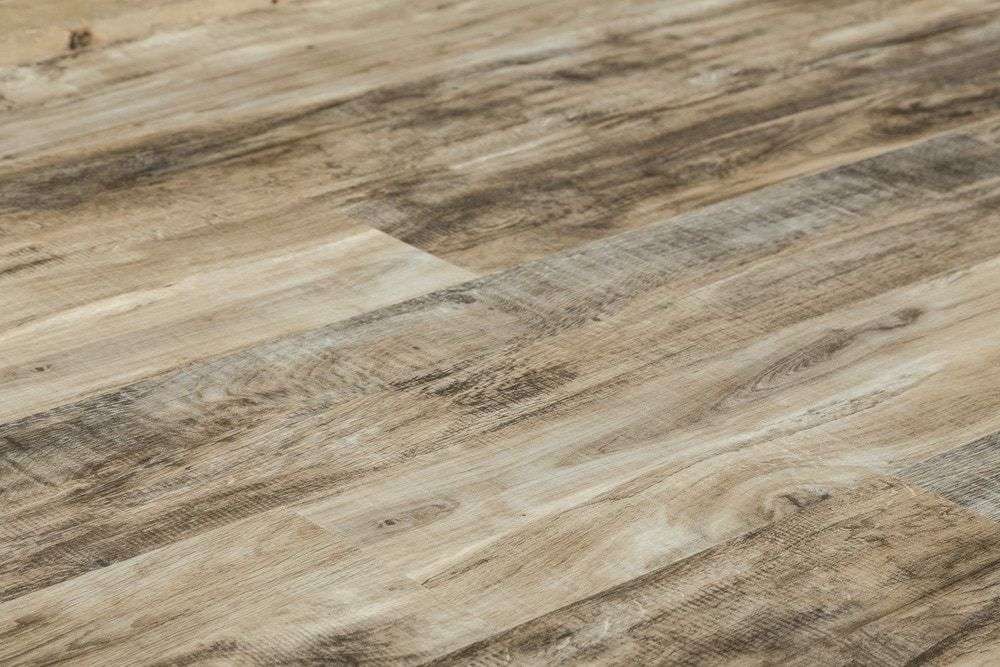
Many people looking to install wooden flooring often choose to go with imitation wood (wood effect) flooring instead of real wood because of easy availability and low cost. One of the most popular choices for imitation flooring is luxury vinyl tiles (LVT).
Vinyl flooring or tiles are made up of multiple layers, including a bottom layer that is fixed to the subfloor, a high-definition photographic layer, and a top protective layer usually made of PVC (plastic). LVT is different from vinyl sheets and consists of individual tiles or pieces, allowing you to create the design or look you want. It can even be made to look like wooden floorboards.
Besides, it is highly durable and can withstand a lot of traffic, wear and tear. It is also compatible with underfloor heating.
Cost – Vinyl flooring options may start at £22.74 per square metre.
Uses – It is versatile and can be used in various places, including residential and commercial buildings. It is durable and can be used in kitchens and bathrooms also
Pros – It is highly durable and resistant to wear and tear, scratches, and marks. It is also more affordable than real wood flooring. Installation is quick and easy and can be done without expert help. It’s versatile and suits every interior. It is also easy to maintain and slip-resistant.
Cons – Not suitable for very heavy loads such as industrial spaces. Can get damaged by sharp objects like heeled shoes. Colours can fade due to excessive exposure to direct sunlight.
6. Cork Flooring
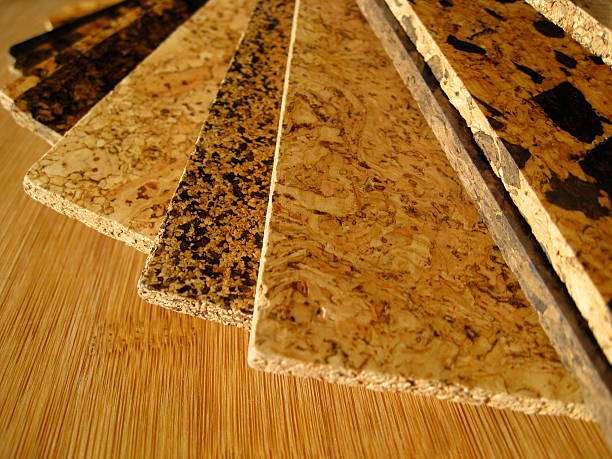
Cork flooring is an eco-friendly and sustainable option because it is manufactured using the bark of the cork oak tree. The oak tree bark naturally separates every 9-15 years, which means no harm comes to the trees.
To make cork flooring, the cork is broken into dust which is then compressed and mixed with resin to form sheets.
Moreover, it can absorb sound and gives a warm feeling all year round. It doesn’t absorb dust or mites and is safe for people with allergies. It is soft and prone to damage by heavy load.
7. Reclaimed Flooring
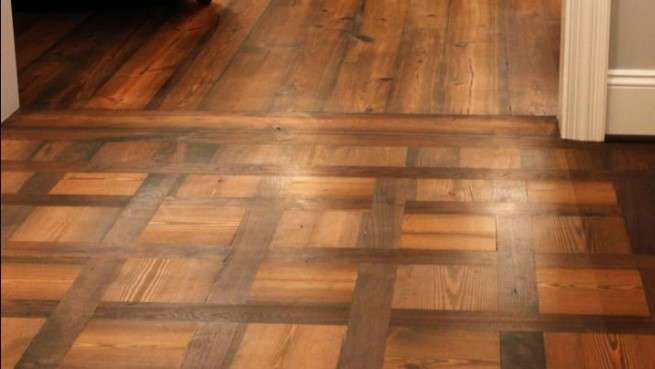
This type of flooring is made from timber that was earlier used in another object and is recycled for reuse. Same as real wood, it is a durable choice.
Reclaimed wood flooring is a sustainable option. It can give a vintage look to your place. It is easy to paint and stain. However, it can be expensive.
8. Bamboo Flooring
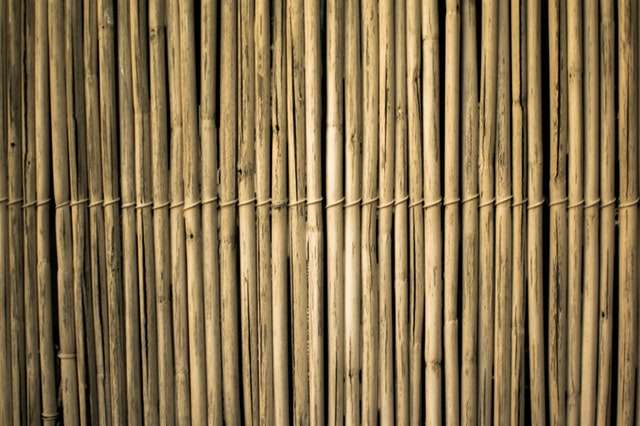
Because bamboo is really a type of grass, it is often used as a wood alternative. It can be used to make highly durable floorboards that look and feel similar to real hardwood.
Bamboo flooring is easy to clean. It is a sustainable option because of the tree’s fast growth. It is also water-resistant but it’s not waterproof.
Furthermore, all modern floorings can be broadly classified into the following two types based on how they’re installed:
Tongue-and-groove Flooring
As the name suggests, it is installed following a tongue and groove mechanism, where the tongue of one plank is fitted into the groove of the next plank, and so on. This method makes it easy and quick to install, however, proper care needs to be taken to avoid loose flooring or gaps between planks.
Click-Lock Flooring
It comes with a click-and-lock mechanism, where adjacent planks are machined such as to have an interlocking joint that can be locked by pressing or some other action. This type is generally easier to install and planks are not required to be glued together with an adhesive. The interlocking joints also form much tighter locks than the alternative. It is also easy to remove or replace this type of flooring without professional help.
Where Can You Find the Best Wood for Flooring?
Whether you are looking to buy engineered or laminate wood or searching for the best place to buy top-quality solid wood for flooring, contact White Knight Consulting Ltd to get the lowest price for wood timber.
We deal in a vast range of woods that are perfect for wooden flooring, including oak, maple, walnut, cherry, ash, mahogany, and many more. Contact us to know the price.
